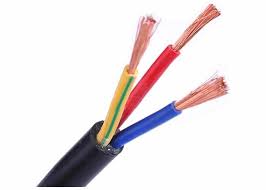HUMAN HEART
The blood circulatory system consists of heart and blood vessels. Heart is a vital organ located in chest cavity. It beats continuously to act as pump for transport of blood. It has four chambers. There are two upper auricles and two lower ventricles make four chambers in the human heart. The rhythmic contraction and expansion of heart is called heart beat. The human heart beats about 70-80 times per minute in an adult person. This is called heart rate. The four chambered heart separates the oxygenated blood from deoxygenated blood. The main artery is aorta. The pulmonary artery carries deoxygenated blood from heart to lungs. The pulmonary vein carries oxygenated blood from lungs to heart.





